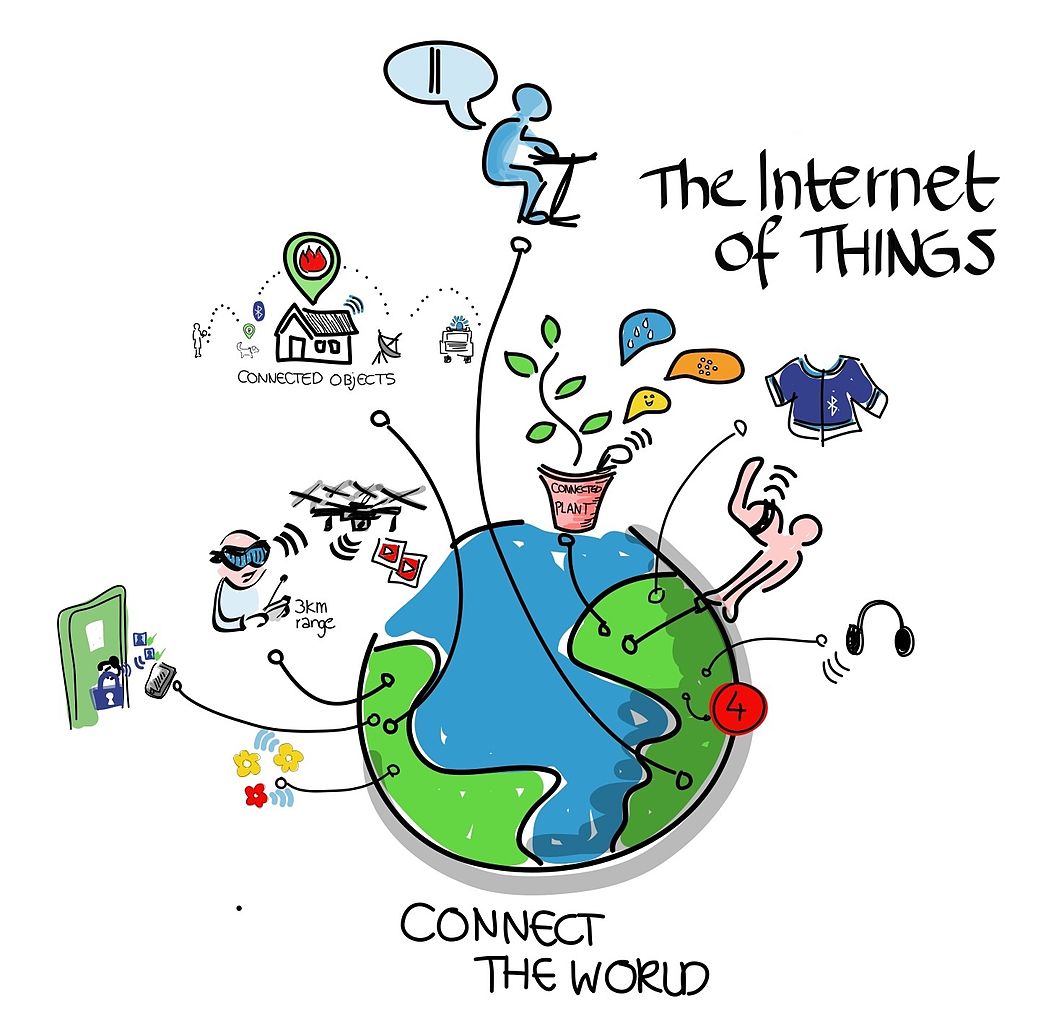how do you define the internet of things
The Internet of Things (IoT) is a term that has been gaining popularity in recent years. It refers to the concept of connecting everyday devices and appliances to the internet, allowing them to communicate and exchange data with each other. This technology has the potential to revolutionize many aspects of our lives, including how we live, work, and interact with each other.
How the IoT will impact nonprofits
Nonprofits are organizations that operate for a social cause, rather than for profit. They play a critical role in our society, providing important services and support to those in need. The IoT has the potential to significantly impact the work done by nonprofits, both in terms of efficiency and effectiveness.

Abstract
The IoT provides numerous opportunities for nonprofits to improve their operations and services. By connecting devices and applications, data can be collected and analyzed in real-time, enabling organizations to make informed decisions and improve their performance. The potential benefits of the IoT for nonprofits include increased efficiency, improved service delivery, and better communication with stakeholders.
Introduction
Nonprofits operate in a highly competitive environment. They must work hard to attract funding and support, while also delivering high-quality services to those in need. The IoT has the potential to help nonprofits achieve these goals by providing new ways to collect, analyze, and use data.
Efficiency
One of the most significant benefits of the IoT for nonprofits is increased efficiency. By connecting devices and applications, data can be collected and analyzed in real-time, enabling organizations to make informed decisions and improve their performance. For example, a nonprofit that provides healthcare services could use the IoT to monitor patients remotely, allowing for earlier intervention and reducing the need for hospital visits.
Service Delivery
The IoT can also improve service delivery by enabling nonprofits to personalize their services based on individual needs. For example, a nonprofit that provides education services could use data collected from connected devices to tailor their programs to the needs and preferences of each student. This could lead to higher levels of engagement and greater success rates.

Communication
The IoT can also improve communication between nonprofits and their stakeholders. By connecting devices and applications, nonprofits can provide real-time updates and information to their stakeholders, improving transparency and trust. This can be particularly valuable for nonprofits that rely on fundraising or public support, as it can help to build a stronger connection with donors and supporters.
Internet of Things : Basics
The IoT is a complex and rapidly-evolving technology. Understanding its basics is crucial for anyone looking to work with or benefit from this technology.
Abstract
The IoT is a network of interconnected devices and applications, designed to collect and exchange data. This technology has the potential to revolutionize many aspects of our lives, but it also presents new challenges and risks that must be addressed.
Introduction
The IoT is a relatively new concept, but it is already having a significant impact on our lives. This technology has the potential to change how we live, work, and interact with each other. The IoT is based on the principle of connecting everyday devices and appliances to the internet, enabling them to communicate and exchange data with each other.
Applications
The IoT has countless applications, from smart homes to self-driving cars. One of the most significant applications of the IoT is in the field of healthcare. By connecting medical devices and applications, healthcare providers can collect and analyze data in real-time, allowing for earlier intervention and improved patient outcomes.
Challenges and Risks
The IoT also presents new challenges and risks that must be addressed. One of the most significant risks is the potential for cyberattacks. Because the IoT involves a large number of interconnected devices and applications, it can be difficult to ensure the security of each individual component.

Difference between Internet of Things and Industrial Internet of Things
The Industrial Internet of Things (IIoT) is a variation of the IoT that is focused on industrial applications. It has the potential to significantly improve productivity, efficiency, and safety in a range of industries.
Abstract
The IIoT is a network of interconnected devices and applications, designed to collect and exchange data in an industrial setting. This technology has the potential to revolutionize many industries, but it also presents new challenges and risks that must be addressed.
Introduction
The IIoT is a specific variation of the IoT that is focused on industrial applications. This technology involves connecting machines, equipment, and other devices to the internet, allowing for real-time data collection and analysis. The IIoT has the potential to significantly improve productivity, efficiency, and safety in a range of industries.
Applications
The IIoT has countless applications in a range of industries. For example, in manufacturing, the IIoT can be used to improve supply chain management, optimize production processes, and ensure product quality. In the oil and gas industry, the IIoT can be used to monitor and control production facilities, detect potential safety hazards, and reduce downtime.
Challenges and Risks
The IIoT also presents new challenges and risks that must be addressed. One of the most significant risks is the potential for cyberattacks. Because the IIoT involves a large number of interconnected devices and applications, it can be difficult to ensure the security of each individual component. This can leave industrial operations vulnerable to cyber threats, such as hacking and malware.
Conclusion
The IoT and IIoT are transformative technologies with the potential to significantly impact many aspects of our lives. However, they also present new challenges and risks that must be addressed. By understanding the basics of these technologies and the applications they enable, we can work towards realizing their full potential while mitigating their risks.

Source image : www.helenbrowngroup.com

Source image : thecustomizewindows.com

Source image : medium.com





